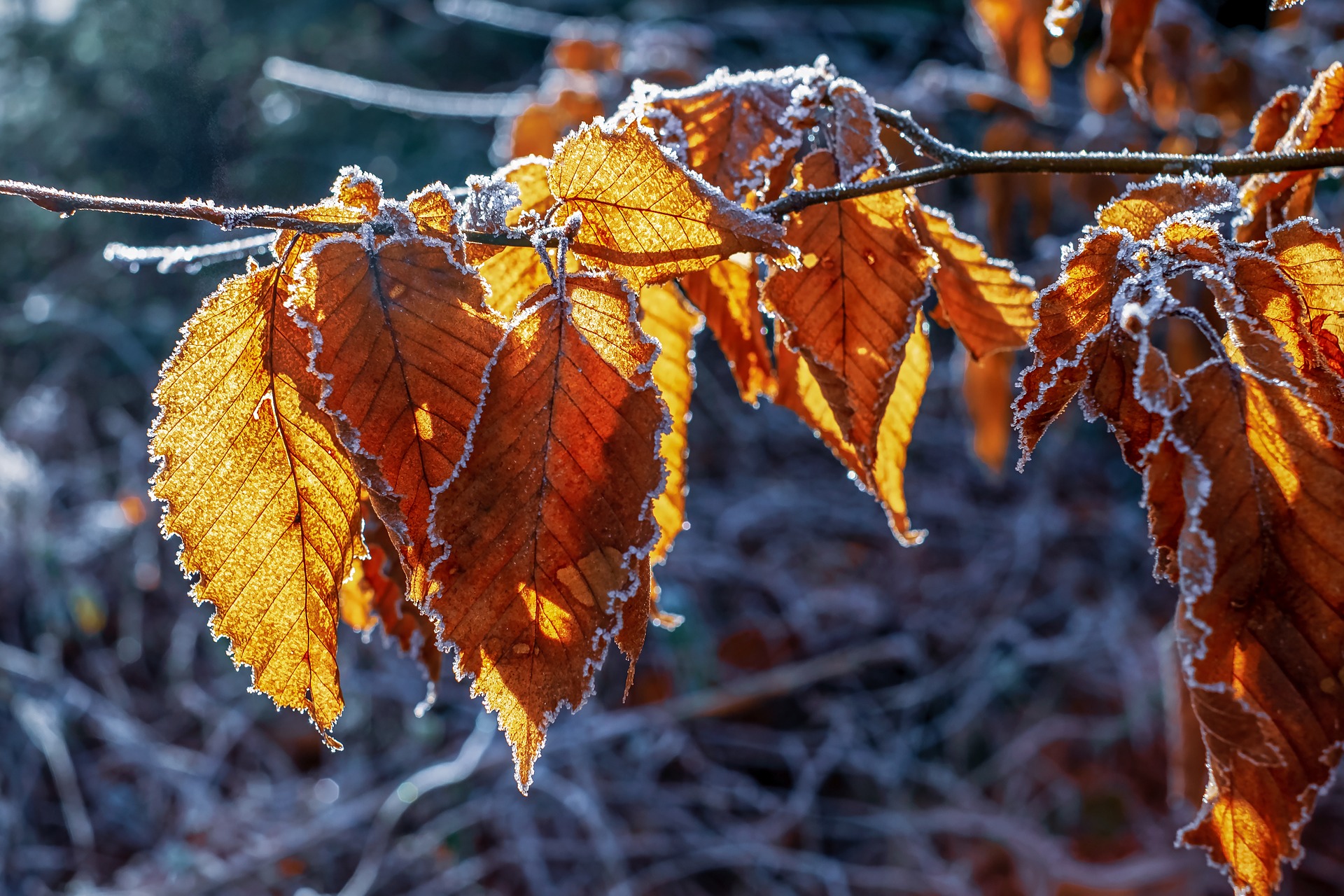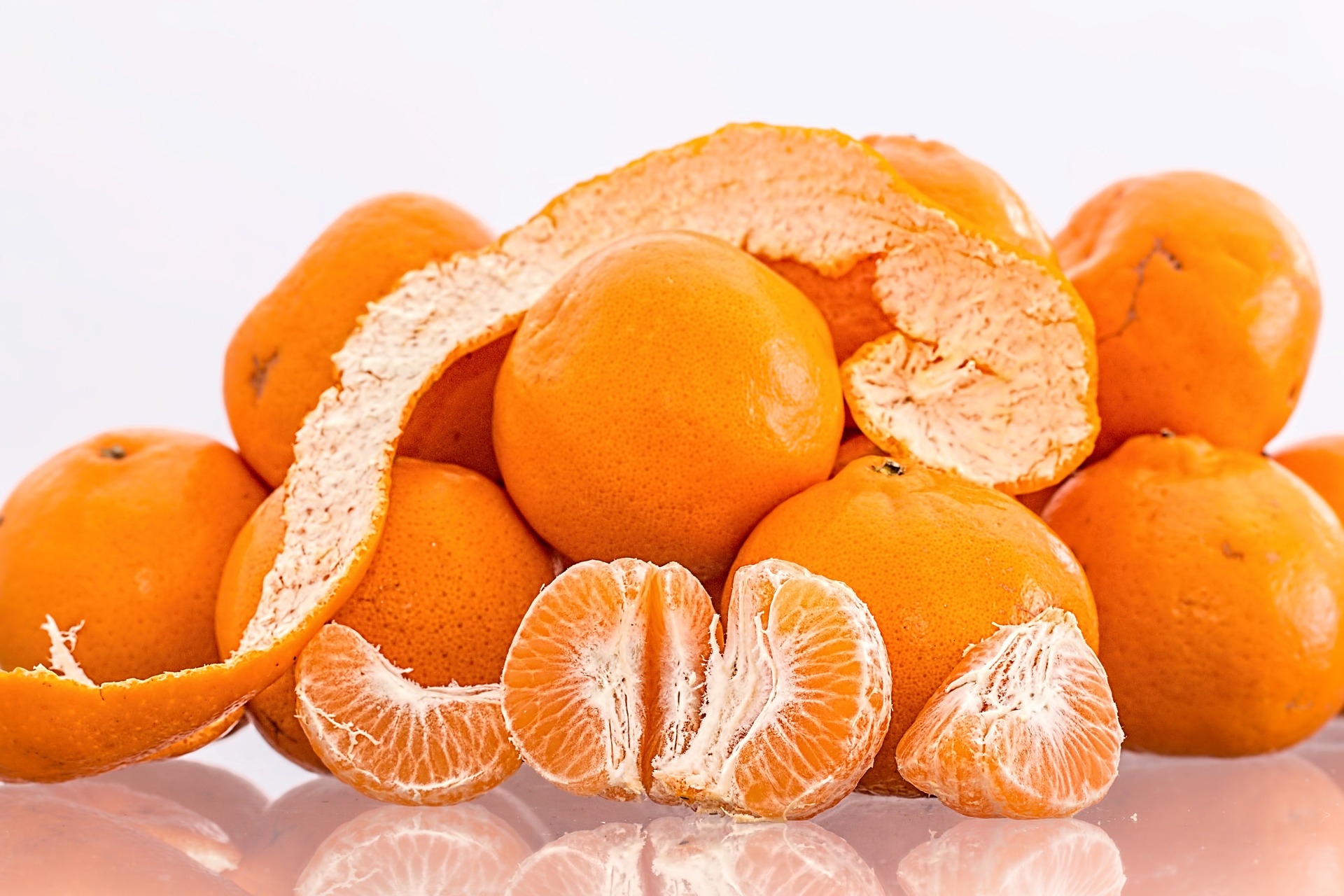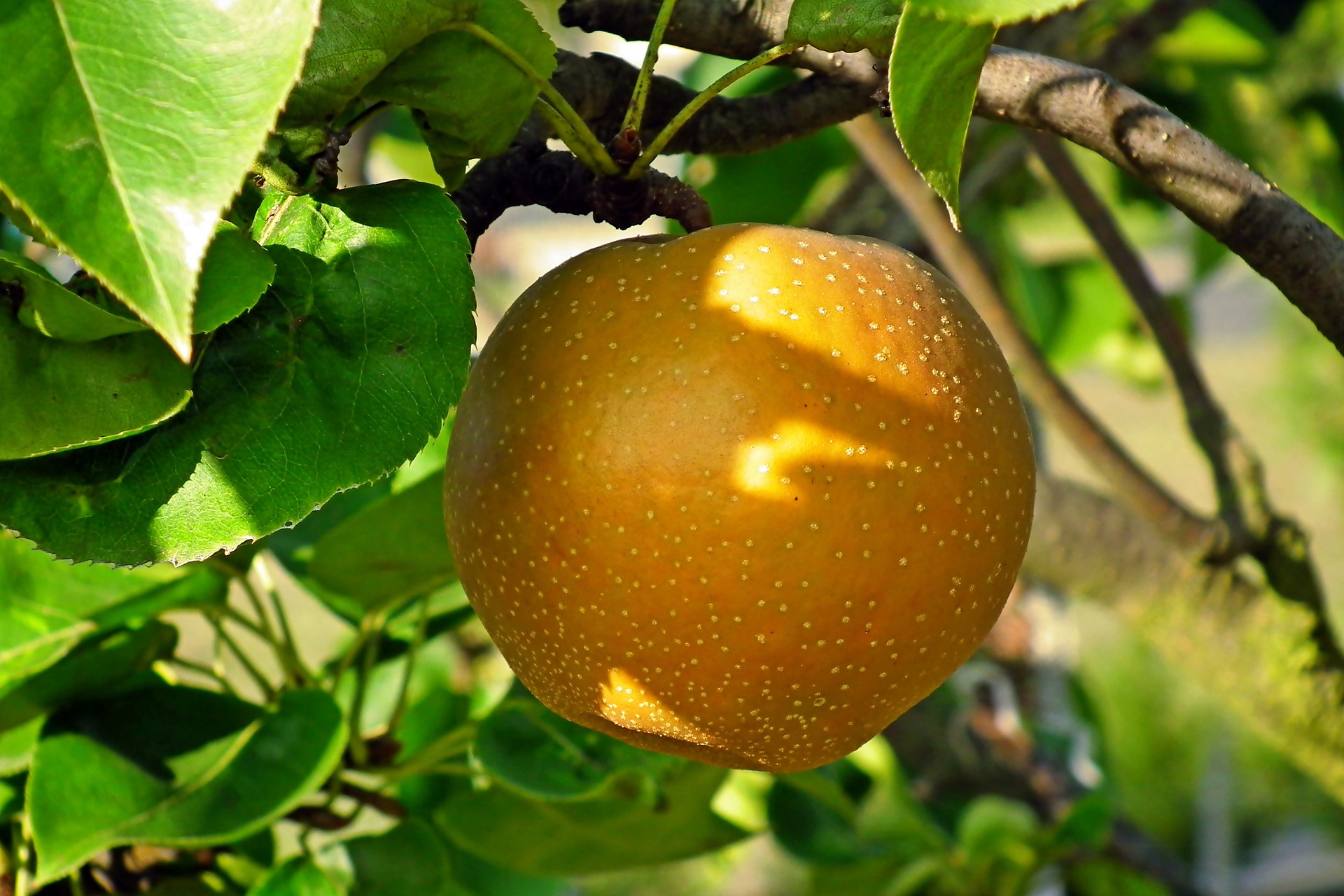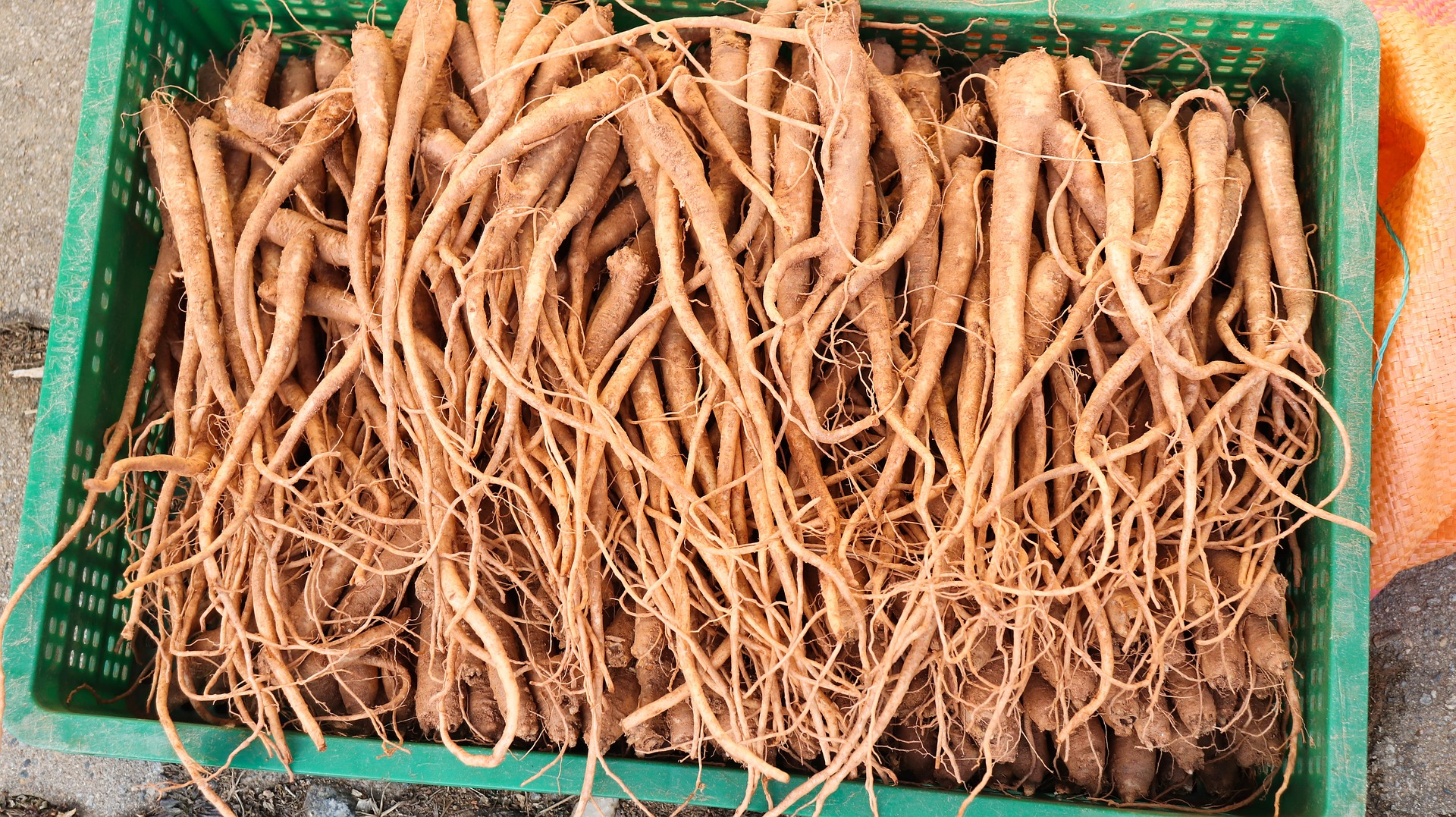Korean Home Remedies for Common Cold Posted by Flying Oyster on Dec 16, 2020 in Culture, Vocabulary
Winter is already here, and we all know that we should take extra care for our health this year. Today, I am going to share strategies on how Koreans prevent common cold.
- Layer up
Korea has four different seasons and winter can be harsh. 환절기 (hwan-jeol-gi: in-between season), especially from fall to winter is a time when you want to layer up. When I was growing up in Korea, I remember my mom made me wear pink 내복 (nae-bok: long Johns) every winter time. I even think it was common that girls wore pink color 내복 and boys wear blue color 내복. Although I see that many Koreans don’t wear 내복 anymore. I assume that the use of 내복 has decreased since 실내온도 (sil-nae-on-doh: the indoor temperature) in most places is often very pleasing.
2. Choose your tea for your cold symptoms.
You will be surprised how many kinds of tea exist in Korea. Even more surprisingly, each tea can treat different cold symptoms. Let me introduce several of them.
생강차 (sang-gang-cha: ginger tea) is a worldwide popular tea for colds. Do you know why it is good for cold? Ginger is supposed to warm the body and boost immune system. If you have chills, headache and a stuffy nose, ginger is your tea.
유자차 (yoo-ja-cha: Yuzu tea) is good for preventing colds. If you are fatigued, I recommend you drink this tea. It contains a full dose of vitamin C and B that you may need to fight off a cold. I remember I used to drink 유자차 only because it was also sweet.
쌍화차 (ssang-hwa-cha) is a traditional Korean medicinal herb tea. 쌍화 means the harmony of yin and yang. It usually contains several 한약재 (han-yak-jae: medicinal herbs) that help you fight a cold.
모과차 (mo-gwah-cha: quince tea) is an excellent choice if you want to stop coughing. This tea also helps to relax muscles.
오미자차 (oh-mi-ja-cha: magnolia berry tea) can offer you five different flavors. 오미 means five different flavors: sweetness, sourness, bitterness, saltiness, and pungency. This tea helps to restore energy. It can also serve as 거담제 (guh-dam-jae: an expectorant).
3. Koreans eat a lot of tangerines.
Most Koreans love 귤 (guel: tangerines). If you live in Korea, you will notice one of the most outstanding 제철과일 (jea-chul-gwah-il: seasonal fruit) in winter is tangerine. You will see orange tangerines everywhere. You will see piles of orange tangerines at markets and even your coworkers around you would eat them as a daily snack.
4. Steamed pear with honey is a good home remedy for cold.
배숙 (bae-sook: steamed pear with honey) is great for 기관지염 (gi-gwan-ji-yeum: bronchitis) and 호흡기 질환 (ho-heup-gi-jil-hwan: respiratory disease). Most of all, 배숙 is a natural 거담제 (guh-dam-jae: an expectorant). You wonder how this tastes? I won’t ever have a problem eating 배숙 without having a cold. It’s amazing!
5. Food can be your medicine.
동의보감 (Dong-uibogam: Principles and Practice of Eastern Medicine) is a Korean book written by Heo Jun in 1613. This book has been considered the bible of traditional medicine in Korea. Therefore, using common food items for preventing cold is a familiar approach for Koreans. Here are a couple of examples that help you understand this philosophy better.
도라지 (do-rah-ji: balloon flower root) is supposed to help in eliminating phlegm.
대추 (dae-chu: dates) is good to ease a dry cough.
무 (moo:daikon) helps to relieve throat pain.
What are you doing to maintain your health in this winter? Let me know if you have your own home remedy to prevent colds.

Build vocabulary, practice pronunciation, and more with Transparent Language Online. Available anytime, anywhere, on any device.










Comments:
randy:
Thank you for taking time to share Korean traditional lifestyle I hope to remain in connection with you and follow whatever subject you choose….Frank Rand (“randy” nick name )
FlyHighOyster:
@randy Thank you, Randy. It means a lot!